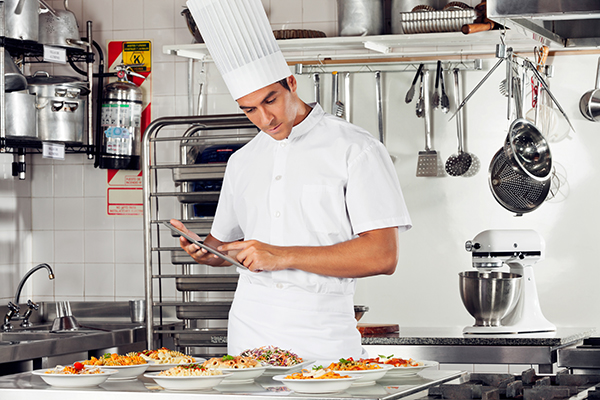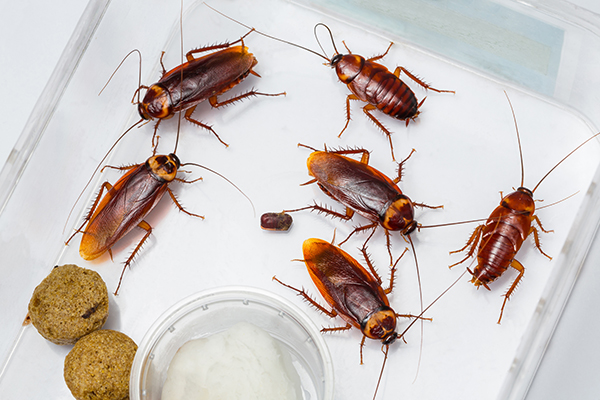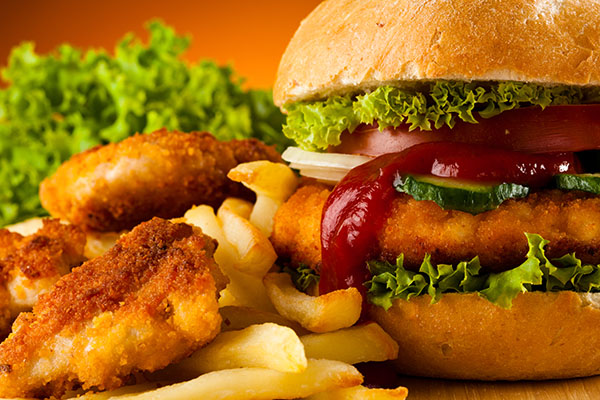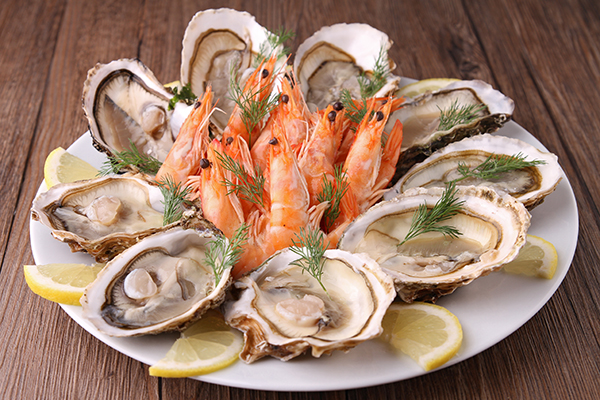
Considering the fact that a well-stocked restaurant kitchen is essentially the lifeline of a food establishment, making sure you have the necessary equipment is absolutely crucial.
And although you’ve probably got this, we’ve put together a quick check list of what you’ll need – you know, just in case.
Labor Costs: Turning a profit in the restaurant industry can be quite challenging. Even with plenty of reservations on the books and a parade of food leaving the kitchen, soaring expenses can decimate your bottom line before the dinner rush is even complete.
Check Out: How To Reduce Labor Costs In A Restaurant
Work Tables: All culinary magic starts at a user-friendly work station. When determining the kind you’d like to get, decide between an old fashion wooden top station and a stainless steel work table. While there are advantages to each, stainless steel tends to be easier to take care of. Please note that work tables are different from prep tables; the latter is used to prepare raw foods and should be kept away from cooking equipment.
Check Out: Stainless Steel Work Table, Wood Top
Shelving: Once you figure out where your work table(s) is going to be standing, place everything you’ll need for the actual work nearby. This is where you have to implement a well thought out shelving strategy. To increase productivity and streamline workflow in your restaurant kitchen, everything you need should be within arm’s reach.
Check Out: Table Mounted, Wall Mounted, Wire Shelving
Countertop Equipment: Now that you have your work station and shelving figured out, it’s time tackle the countertops.
Check Out: Crape Machines, Hot Dog Roller Grills, Hot Plates, Induction Cookers, Microwave Ovens, Rice Cookers, Rotisserie Ovens, Sandwich/Panini Grills, Toasters, Waffle Bakers
Professional Cooking Equipment: This is where you really have to be selective – one can easily get carried away and end up with too many or not enough pasta cookers, sauce pots, or hot plates, but this is something you’ll likely hone in on once the restaurant kitchen starts running.
Check Out: Fryers and Fry-Sauté Pans, Broilers, Combi and Convention Ovens, Griddle/Cheese Melters, Kettles, Pasta Cookers, Pizza Ovens, Ranges, Salamanders, Steamers, Stock Pot Stoves, Braziers, Cast Irons, Chinese Woks, Sauce Pots, Covers, Double Broilers, Steamer Baskets, Stock Pots, Prep Tables
Beverages: Restaurants typically offer a fairly large selection of beverages that range from fizzy sodas to fancy caffeinated drinks. Health oriented businesses, for example, will benefit from high-quality juice machines, while dining establishments will put drink mixers and expresso equipment to use.
Check Out: Juice Extractors, Orange Juice Machines, Cold Beverage Dispensers (Granita and others), Espresso Equipment, Hot Cappuccino Dispensers, Hot Chocolate Dispensers, and Drink Mixers.
Dishwashers: Now, there are the traditional types of washers, and then there are the super versatile contemporary washers – like Fog Tank – that we think make a better investment. The use of green technology in your restaurant kitchen is always a good idea, so try to stick to appliances that are eco-friendly whenever possible.
Check Out: Fog Tank, Door Type and Under Counter
Food Prep: Consider how many terrible germs can spread in your restaurant kitchen. That said, never prepare meat or fish on the same surface as fruit, vegetables, or anything else that can get contaminated and lead to food poisoning. This is where the prep table comes into play.
Check Out: Bread and Other Slicers, Blenders, Food Processors, Graters/Shredders, Hand Held and Other Mixers, Meat Grinders, Vegetable/Salad Dryers, Strainers.
Ice Makers: If you serve ice cream, caviar, oysters, or the like, you can greatly benefit from an ice making unit that is independent from your refrigerator.
Check Out: (Under Counter and Average) Cube Style and Flake Style Dispensers, Ice Storage Bins,
Refrigeration: Much like you would with other appliances, you should try to opt for green technology whenever possible. Since refrigerators are becoming more advanced and versatile, you need to figure out what type works best for you.
Check Out: Bar Refrigeration, Chef Base/Griddle Stand, Display cases, drop-in cold pan, Freezers, Merchandisers, Milk Coolers, Pizza Prep, Reach-ins, Sandwich/Salad, Under counters, Walk-In-Box, Worktops.
Warming & Holding: Whether you want to keep utensils dry, dishes warm, or food hot, warming and holding appliances are a good thing to have in our restaurant kitchen. Again, stick to green technology whenever possible.
Check Out: Heated Cabinets, Heated Display and Countertop Cases, Heater/Proffers, Overhead Food Warmers, Steam tables
Sinks: Cooking is a dirty business – you need a place to wash your hands, do the dishes, rinse various produce, clean floor mops, etc. A good sink is an essential component to your restaurant kitchen, so make sure you invest in one you like.
Check Out: Bar, Drop-in, Faucets, Hand-washing
Now, go and enjoy your newly equipped restaurant kitchen!






